Categories
Archives
- April 2024
- March 2024
- February 2024
- January 2024
- December 2023
- November 2023
- October 2023
- September 2023
- August 2023
- July 2023
- June 2023
- May 2023
- April 2023
- March 2023
- February 2023
- January 2023
- December 2022
- November 2022
- October 2022
- September 2022
- August 2022
- July 2022
- June 2022
- May 2022
- April 2022
- March 2022
- February 2022
- January 2022
- December 2021
- November 2021
- October 2021
- September 2021
- August 2021
- July 2021
- June 2021
- May 2021
- April 2021
- March 2021
- February 2021
- January 2021
- December 2020
- November 2020
- October 2020
- September 2020
- August 2020
- July 2020
- June 2020
- May 2020
- April 2020
- March 2020
- February 2020
- January 2020
- December 2019
- November 2019
- October 2019
- September 2019
- August 2019
- July 2019
- June 2019
- May 2019
- April 2019
- March 2019
- February 2019
- January 2019
- December 2018
- November 2018
- October 2018
- September 2018
- August 2018
- July 2018
- June 2018
- May 2018
- April 2018
- March 2018
- February 2018
- January 2018
- December 2017
- November 2017
- October 2017
- September 2017
- August 2017
- July 2017
- June 2017
- May 2017
- April 2017
- March 2017
- February 2017
- January 2017
- December 2016
- November 2016
- October 2016
- September 2016
- August 2016
- July 2016
- June 2016
Featured
 Bishop Francis T. Lysinge @ 25!
Bishop Francis T. Lysinge @ 25! 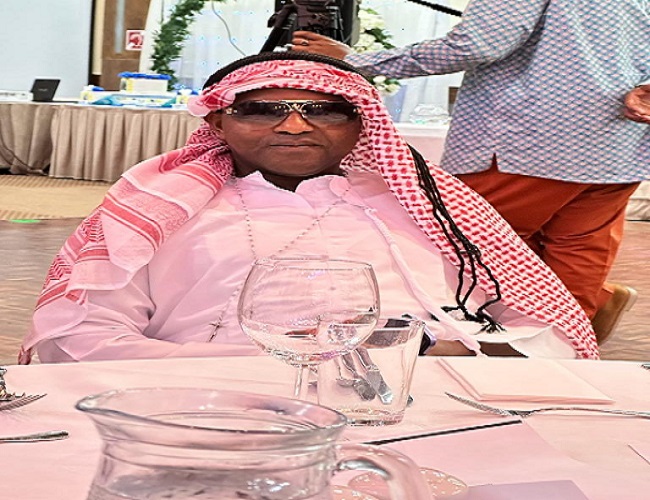 Understanding the Biya Francophone regime’s support for the Israeli genocide in Gaza
Understanding the Biya Francophone regime’s support for the Israeli genocide in Gaza 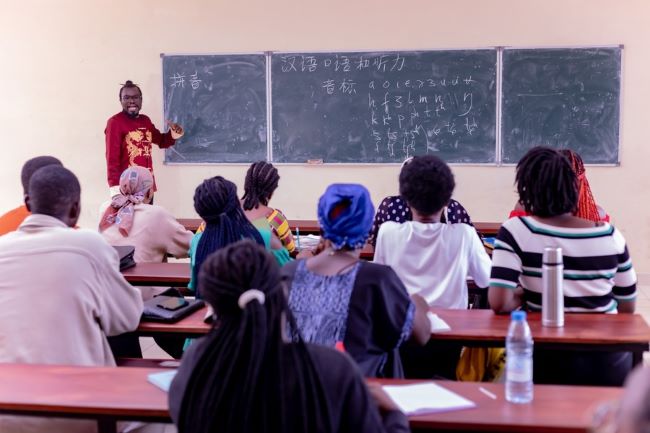 Poverty under Biya: Cameroonians embrace Chinese language for brighter futures
Poverty under Biya: Cameroonians embrace Chinese language for brighter futures 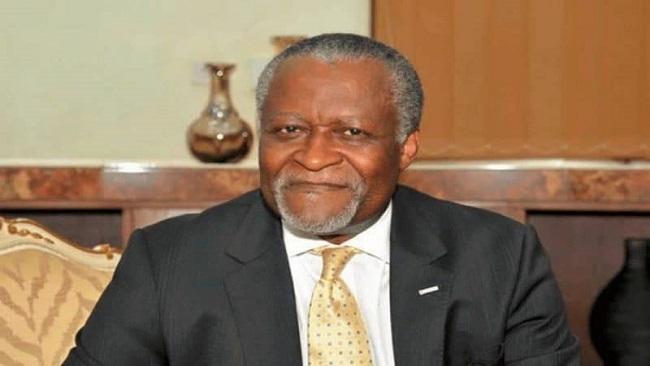 Cameroon is broken: Who can fix it?
Cameroon is broken: Who can fix it?  Ethiopia: U.S Senator Cardin Statement on the Killing of Bate Urgessa
Ethiopia: U.S Senator Cardin Statement on the Killing of Bate Urgessa
Most Commented Posts
 4 Anglophone detainees killed in Yaounde
4 Anglophone detainees killed in Yaounde
19 comments Chantal Biya says she will return to Cameroon if General Ivo Yenwo, Martin Belinga Eboutou and Ferdinand Ngoh Ngoh are sacked
Chantal Biya says she will return to Cameroon if General Ivo Yenwo, Martin Belinga Eboutou and Ferdinand Ngoh Ngoh are sacked
13 comments Anglophone Nationalism: Barrister Eyambe says “hidden plans are at work”
Anglophone Nationalism: Barrister Eyambe says “hidden plans are at work”
12 comments The Anglophone Problem – When Facts don’t Lie
The Anglophone Problem – When Facts don’t Lie
12 comments Largest wave of arrest by BIR in Bamenda
Largest wave of arrest by BIR in Bamenda
10 comments
Latest Tweets
Featured
-

Bishop Francis T. Lysinge @ 25!
-

10 Million Cameroonians lived on less than $1.80 per day
-

Football: Xavi to remain as Barcelona coach
-
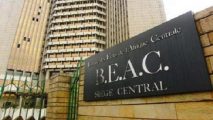
Biya regime delays bond sale amid regional market strain
-

Historic agreement between Nigeria and Cameroon to tackle wildlife crime
-

Southern Cameroons refugees in Nigeria receive farm seedlings
-
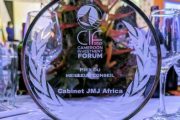
Douala: Investment Forum wraps up with honors for investment champions
© Cameroon Concord News 2024
5, June 2023
40,000 looted artifacts from Cameroon in German hands 0
According to a recent study released on Thursday by Bénédicte Savoy of the Technische Universität Berlin and Albert Gouaffo of the University of Dschang in Cameroon, German museums that house world cultures have 40,000 Cameroonian artifacts, which is more than the British Museum’s entire African collection, The Art Newspaper reported.
There are roughly 6,000 pieces in the state collections in Yaoundé, the capital of Cameroon. Savoy stated that the majority of the 40,000 pieces in German museums are in depots and not on display, pointing out that this enormous number excludes, among other things, items in natural history museums, archaeological discoveries in prehistory museums, and any items in private collections.
The new study, titled Atlas der Abwesenheit (Atlas of Absence), was backed by 45 German museum curators and took two years to complete. It is now available to the public via open access.
Germany declared Cameroon a colony in 1884, motivated by the desire to increase commercial prospects. Until the First World War, Germany utilized increasingly violent methods to repress significant local resistance. After the war, the region was divided between the French and the British. Over the course of more than 30 years of German control, colonial troops conducted at least 180 “punitive expeditions” to secure land, destroying communities, farms, and cultural landmarks.
Savoy noted that because the brutal robbery on that occasion was carried out by British troops rather than German troops, it may have been simpler for Germany to concentrate first on returning the Benin bronzes to Nigeria. “Confronting one’s own acts of brutality requires more political and psychological work,” she remarked.
Officials from the Cameroonian embassy emphasized the importance of restitution during a panel discussion to unveil the report in Berlin. According to Maryse Nsangou Njikam, a cultural advisor at the Cameroonian embassy in Germany, “Germany is full,” but “Cameroon is empty.”
“We must have these objects back. We need them to build the future. Restitution is the cherry on the cake, the goal we are heading for,” she noted.
A commission for reparation has been established by the Cameroonian government, including members from the foreign, education, and culture ministries, as well as the traditional royal rulers, civil society, and academia.
“It has started work and meets regularly with museum directors in Germany,” she said, adding, “We are still a long way from restitution because several steps have to be taken first,” Nsangou Njikam said.
The artifacts at German museums of world culture include textiles, musical instruments, ceremonial masks, royal treasures like stools and thrones, texts, tools, and weapons — “none of which were conceived as display objects for vitrines,” Savoy claimed.
Some of the items mentioned in the study include a beaded stool from Bagam that was stolen during a punishment exhibition and returned by an army officer and is now in the Linden Museum in Stuttgart, in addition to a beaded cap that belongs to a Cameroonian leader, in the Linden Museum, that was one of 237 objects plundered over 2.5 years by a German officer.
The Linden Museum, which has more than 8,000 Cameroonian artifacts, the Ethnological Museum in Berlin, and the Grassi Museum in Leipzig each has more than 5,000. German museums “have a lot of homework to do,” according to Léontine Meijer-van Mensch, director of the Grassi Museum, who stated this during the panel discussion.
Source: English almayadeen.net